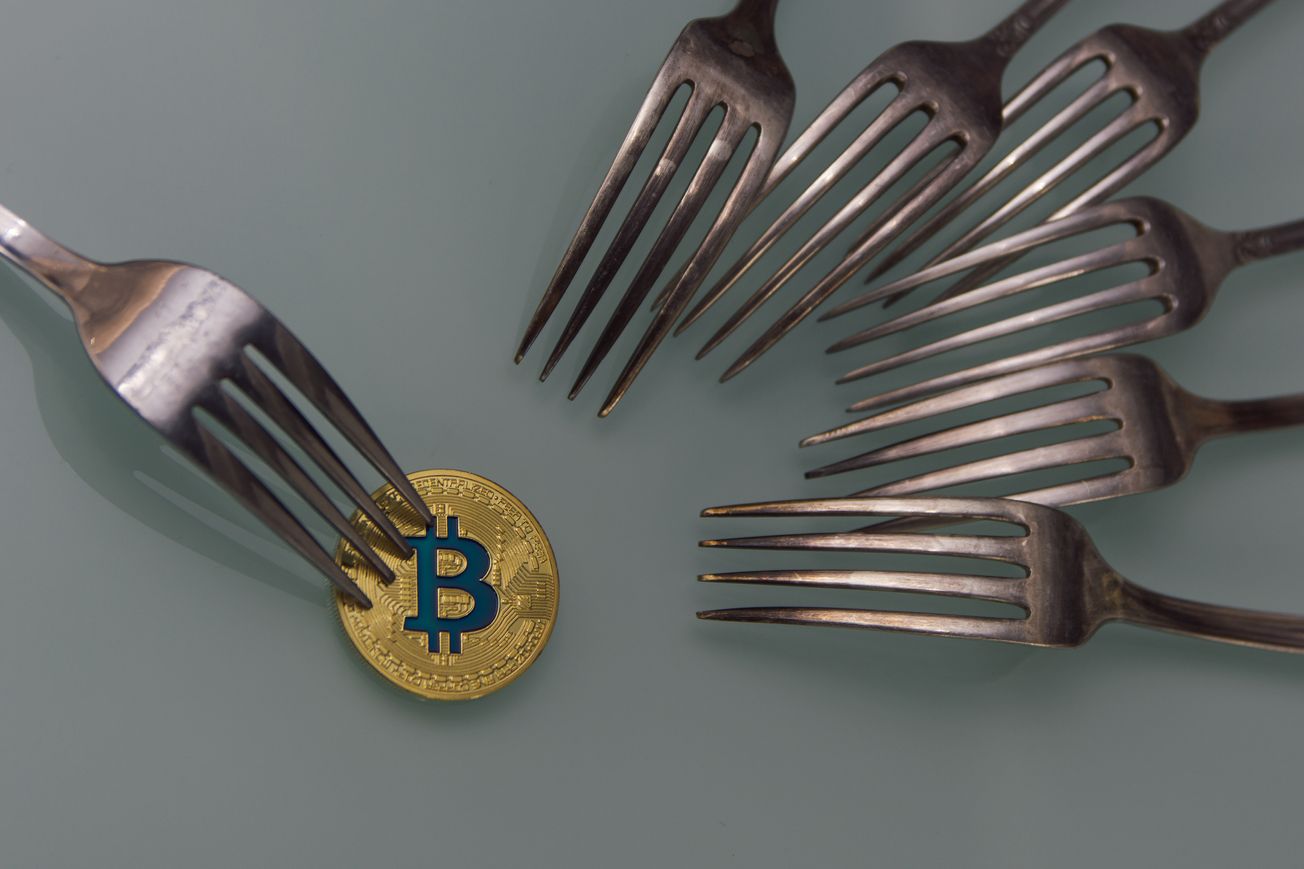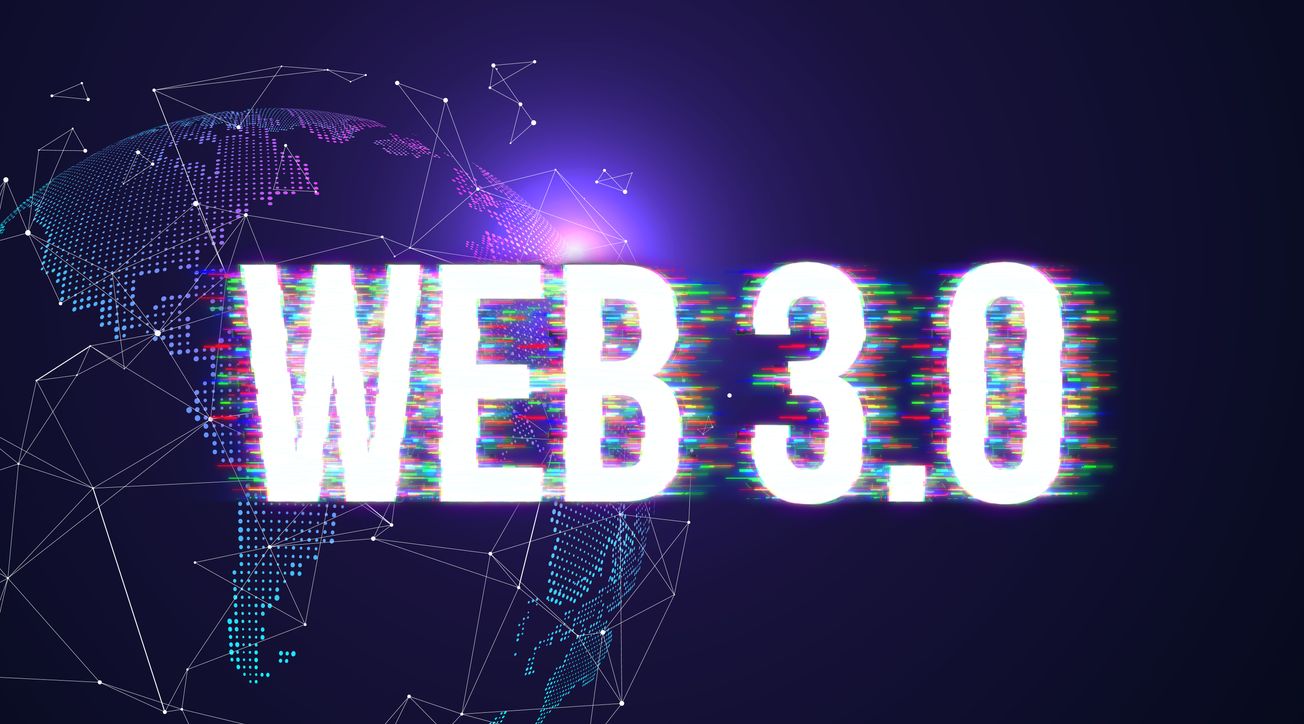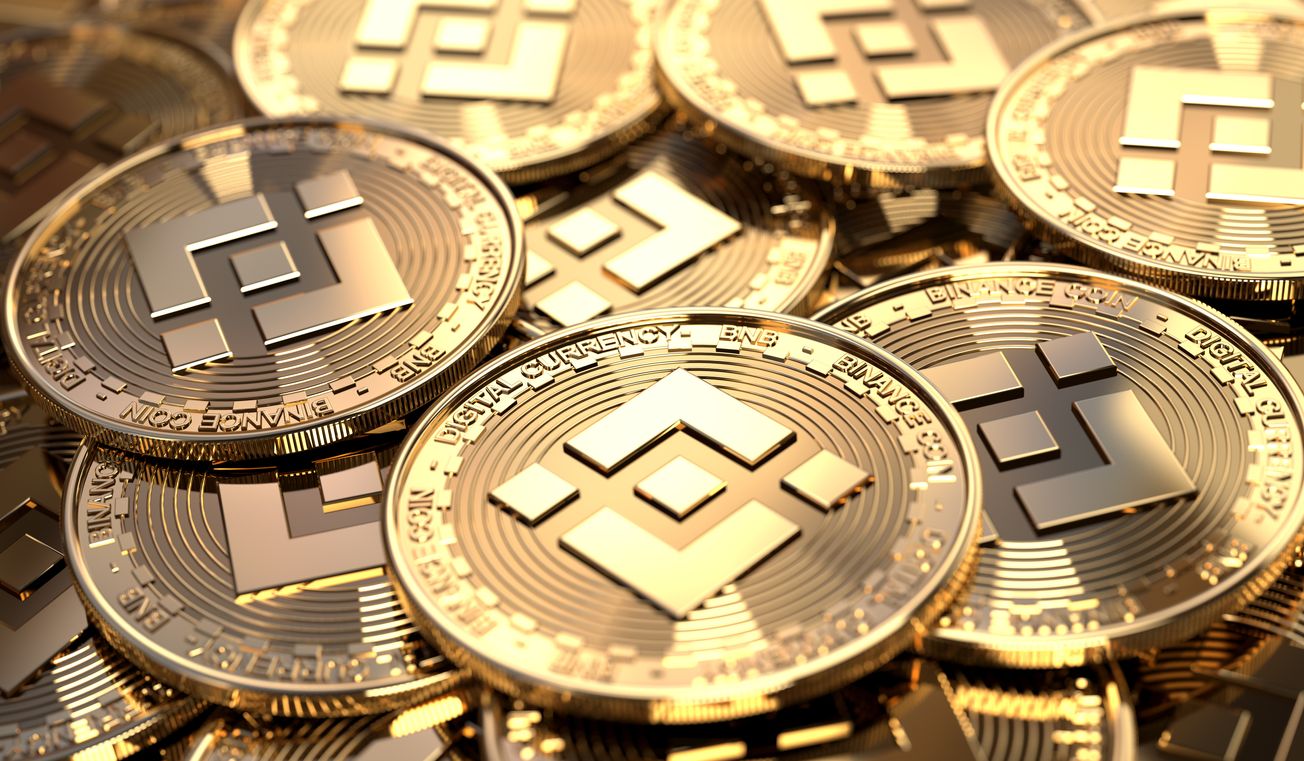If you are interested in collecting or trading NFTs, chances are you have heard of the OpenSea platform. But what is OpenSea, and who is it for? Before we talk about OpenSea, let's briefly recap what an NFT is.
Remind Me, What Is an NFT Again?
"Non-fungible tokens" -- or NFTs -- are a type of digital asset. Like cryptocurrencies such as Bitcoin, NFTs are stored and secured using a blockchain. The Ethereum blockchain is home to a lot of NFT trading and storage. NFTs are represented as tokens on the Ethereum blockchain and can be sent from one address to another like other Ethereum assets.
Unlike cryptocurrencies, NFTs are not 'fungible'. Fungibility refers to the idea of something being interchangeable. For example, one Bitcoin is interchangeable with any other Bitcoin -- they're fundamentally the same and have the same worth. Fungibility works outside of the digital realm, too. One $5 note can take the place of any other $5 note, all other things being equal.
NFTs are not interchangeable in the way cryptocurrencies are. Each NFT has different attributes given to it by the creator. These attributes can vary wildly -- as can the monetary value of any given NFT. In a nutshell, NFTs represent "digital things" stored on a blockchain, rather than "digital money" like Bitcoin.
Many NFTs are "digital art" with a creative component -- often visual. The CryptoPunks and Bored Ape Yacht Club (BAYC) collections are two primary examples. These are cartoon characters with subtle differences, such as different haircuts, expressions, or accessories. Other NFTs, such as those by McDonald's and Coca-Cola, take the form of digital collectibles reminiscent of trading cards.
Much like the traditional art market, the value of these NFTs varies based on factors such as the hype surrounding the NFT or its creator. The demand for each NFT is subject to the tastes and desires of the market. That's where OpenSea comes in.
So What Is OpenSea?
OpenSea is one of the biggest marketplaces for buying and selling NFTs. It is a peer-to-peer marketplace where anyone can bid on an NFT under auction or list an NFT for sale. NFTs on OpenSea are bought and sold exclusively using cryptocurrencies.
OpenSea is more like eBay than Amazon -- the users buy and sell NFTs rather than OpenSea itself. In addition, anyone can create new NFTs for sale on OpenSea. OpenSea makes it simple to make an NFT and posts guides for beginners. When an NFT is sold, OpenSea takes a 2.5% commission.
Most of the NFTs on OpenSea are visual art -- including digital trading cards, profile pictures, computer-generated art, and digital drawings. NFTs on OpenSea can also include a video or audio component, and many are animated. Other NFT-based assets are also available for trade on OpenSea, like domain names and video-game items.
As well as Ethereum NFT support, OpenSea also supports NFTs on the Polygon blockchain. Polygon widens the range of available NFTs on the marketplace and has lower transaction costs. OpenSea also makes it very easy to switch between the Ethereum and Polygon networks with the click of a button.
One of OpenSea's main draws is its decentralization. OpenSea is a "Web3" platform and relies on blockchain technology to work. Instead of logging on with a username, users connect their cryptocurrency wallets to OpenSea. A user's crypto wallet serves as their identity on the platform and is used for placing bids on available NFTs or creating new NFTs for sale.
Because OpenSea is blockchain integrated, it functions in a trustless manner. It doesn't rely on trusted third parties to work. There are no middlemen (OpenSea or others) between the buyer and seller of an NFT. Instead, NFTs are traded through blockchain smart contracts. These include specific conditions that must be met for a transaction to happen.
All commerce on OpenSea relies on blockchain connectivity, meaning users can't falsify information. Nobody can steal an NFT by placing fake bids or sell an NFT they don't have.
OpenSea is entirely "non-custodial." NFTs aren't controlled by OpenSea at any time during the buying or selling process. This is an important consideration in the cryptocurrency space, where centralized platforms are a target for hackers.
OpenSea isn't an authority with control over the NFT ecosystem: it functions only as a way for buyers and sellers to meet. Even if OpenSea goes offline, your NFTs are safe. It's also easy to sell an NFT bought on OpenSea on another NFT marketplace, or vice versa.
How Do I Get Started With OpenSea?
It's easy to get started trading NFTs on OpenSea, even if you aren't very familiar with the cryptocurrency world. You'll need an Ethereum wallet with Web3 connectivity. MetaMask is a very popular choice, but other wallets such as Coinbase Wallet are good, too. This will be your access card to get into the marketplace. Any NFTs you buy are managed through your wallet.
Once you have your MetaMask (or alternative) wallet set up, you'll need to add some funds to it so that you can bid on NFTs for sale. Ethereum (ETH) is the primary currency used on the platform. You can buy ETH on many cryptocurrency exchanges, such as Binance or Coinbase. Make sure to account for transaction fees and OpenSea's platform fee when funding your wallet.
Once you have some ETH in your wallet, you're ready to explore the OpenSea marketplace. Auctions on OpenSea can take multiple different forms. Some are instant purchases, and some function like traditional auctions and may have bidding wars. Popular NFTs may attain a very high price at auction. NFTs can be part of a collection of similar works or one-off creations by an artist.
Creating NFTs on OpenSea is also a simple process. It can be done entirely within OpenSea, meaning that no technical knowledge of the blockchain is necessary. You can upload any image (or short video or audio file) to make an NFT as long as you aren't infringing on anyone's copyright.
When an NFT is created, a "minting fee" is paid on the blockchain. Minting fees can be relatively expensive on the Ethereum network. OpenSea offers you the option to roll the minting fee into the auction listing so that the buyer pays the fee. This is an attractive option to people who want to get started creating their own NFTs without paying fees.
Lastly, it's best to stay diligent when exploring the OpenSea marketplace for new NFTs. Many high-profile NFT projects are marked as verified by OpenSea -- much like users may be verified on Twitter. Not every unverified NFT is a scam, but it is up to you to exercise caution. If an NFT project seems sketchy, stay away.






